300 years of J. S. Bach in Leipzig
A concert recommendation for Christmas 2023
In Leipzig during Bach’s time, the festive season looked very different to what we know today: rather than filled with Advent and (most popular) Christmas concerts, this was a time of quiet reflection, i.e. without music. For this reason, the massive program that Bach performed on 25 December 1723 in the city’s two main churches must have left the congregations rather stunned.
They heard the cantata Christen, ätzet diesen Tag (Christians, etch this blessed day, Carus 31.063), BWV 63, which Bach brought with him from Weimar, and in the afternoon, the first performance of the Magnificat, BWV 243a (Carus 31.243), with the Christmas insert movements (BWV 243a, A–D, Carus 31.243/50). These two masterpieces are still highly suitable today for festive performances. A short concert program can be created by placing the Sanctus in D, BWV 238 (Carus 31.238), which was probably also heard for the first time on 25 December 1723, between the cantata and Magnificat. The Sanctus is a work for small ensemble in which the cornett can be replaced by dividing the violins into three rather than two voices.
If a solid hour of music is not enough, the program can be expanded either by opening with the cantata Nun komm, der Heiden Heiland (Come now, God’s chosen Saviour, Carus 31.061), BWV 61, first performed on the 1st Advent of 1723, or close in exuberant fashion with the New Year’s Day cantata Singet dem Herr (Sing to the Lord, Carus 31.190), BWV 190.1, from January 1st. An hour-long cantata program (namely without Sanctus and Magnificat) could feature BWV 61, 63 and 190.1. Instead of the risky E-flat major version of the Magnificat, BWV 243.1, we recommend Bach’s later and less problematic version in D major, BWV 243.2 (Carus 31.243), for which the Christmas insert movements are also available transposed to D.
A variation in the prevailing key of D major can be achieved by including the cantatas for the Second or Third Days of Christmas 1723 (e.g. instead of Sanctus and Magnificat), although this will require horns for Dazu ist erschienen der Sohn Gottes (Christ was manifested for this purpose, Carus 31.040), BWV 40, (2nd Day) or cornett and three trombones for Sehet, welch eine Liebe (See now, what kind of love, Carus 31.064), BWV 64 (3rd Day) (BWV 61, 63, 40 or 64 and 190.1: approx. 90 min.)
Sanctus in D
Johann Sebastian Bach
BWV 238, 1723 (?)
Carus 31.238
As a musicologist, Dr. Uwe Wolf is particularly at home in the 17th and 18th centuries. The focus of his work ranges from the time of Monteverdi and Schütz to Bach and the generation of Bach’s sons and pupils through to Viennese Classicism. He has been head of the editorial department at Carus-Verlag since October 2011. Prior to this, he worked in Bach research for over 20 years.
| BWV | Performance in 1723/24 | Duration in min. (approx.) | Soli | Choir | Brass | Woodw. | Strings, Bc. |
|---|---|---|---|---|---|---|---|
| 61 | 1st Sunday of Advent | 18 | STB | SATB | – | – | 2 Vl, 2 Va, Bc |
| 63 | Christmas Day | 30 | SATB | SATB | 4 Tr, Timp | 3 Ob | 2 Vl, Va, Bc |
| 238 | Christmas Day | 2 | – | SSATB | Ctto (col S) | – | 2 Vl, Va, Bc |
| 243 | Christmas Day, afternoon | 35 | SSATB | SSATB | 3 Tr, Timp | 2 Fl, 2 Ob | 2 Vl, Va, Bc |
| (40 | 2nd Day of Christmas | 20 | ATB | SATB | 2 Cor | 2 Ob | 2 Vl, Va, Bc) |
| (60 | 3rd Day of Christmas | 24 | SAB | SATB | Ctto, 3 Trb | Obda | 2 Vl, Va, Bc) |
| 190.1 | New Year’s Day | 19 | ATB | SATB | 3 Tr, Timp | 3 Ob, Fg | 2 Vl, Va, Bc |

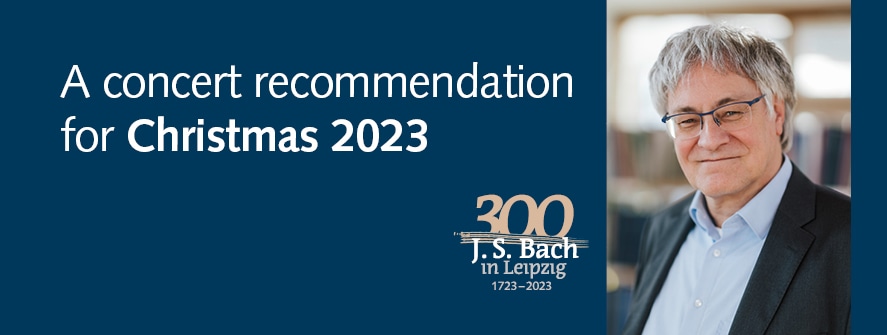
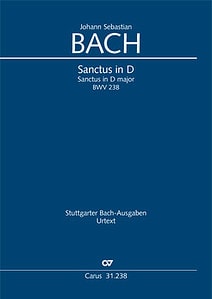
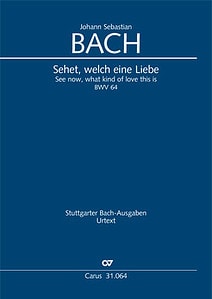
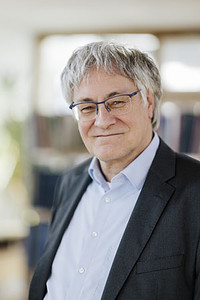
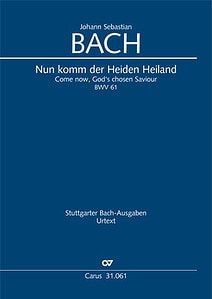
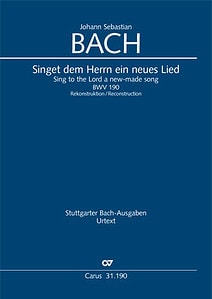
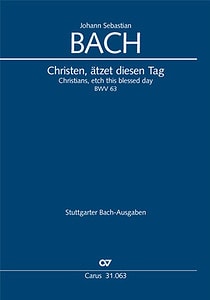
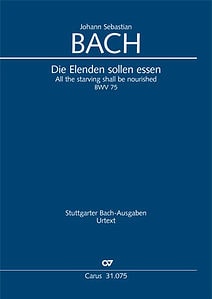
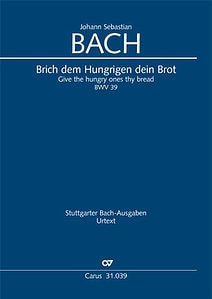
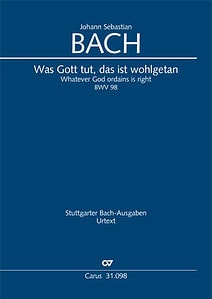
 (c) Landesakademie Ochsenhausen
(c) Landesakademie Ochsenhausen
Leave a Reply
Want to join the discussion?Feel free to contribute!